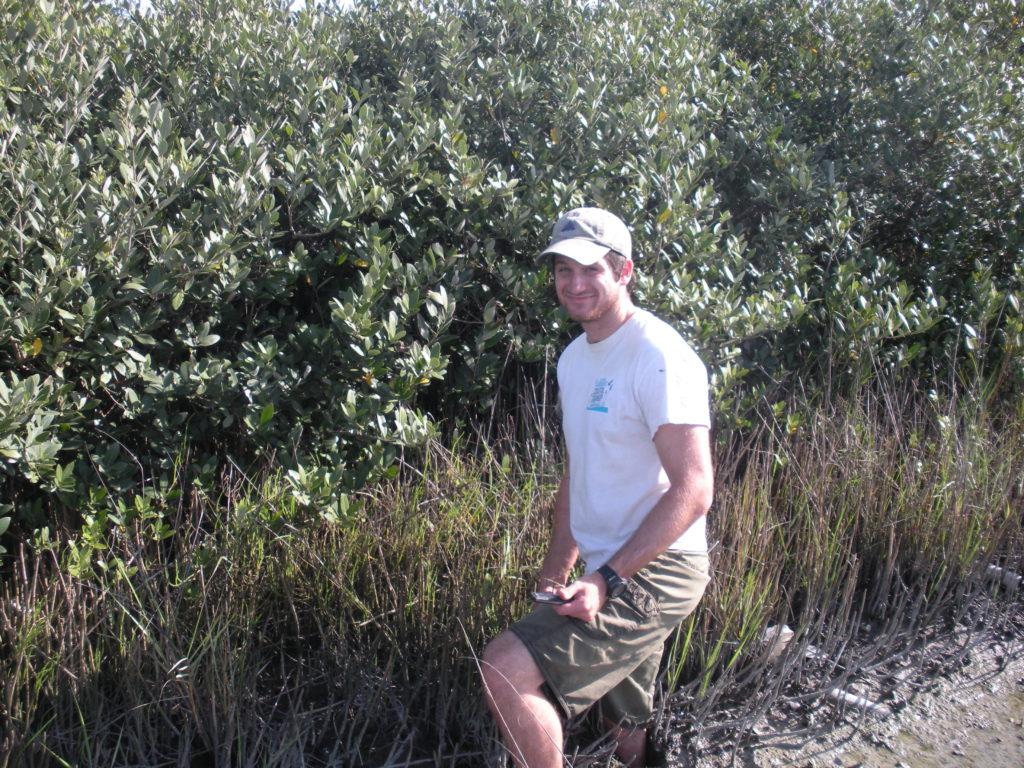
Ph.D. Candidate, University of South Alabama
Field Travel Grant Type 1
Subsurface exclusion of Spartina alterniflora communities by the encroaching black mangrove, Avicennia germinans, in the northern Gulf of Mexico
“As global temperatures continue to rise, tropical species are expanding their ranges as higher latitudes become more suitable. More notable are engineering species that define their habitat like the black mangrove, Avicennia germinans, which has been extending its range along the northern Gulf of Mexico and supplanting Spartina alterniflora salt marsh habitats. A. germinans is the most cold tolerant mangrove species found in the Gulf of Mexico, but it is still limited by extended periods of below freezing temperatures, which have become less frequent with increasing temperatures. Salt marsh and mangrove communities have both been identified as substantial blue carbon sequestration sinks, nursery habitats, and important nutrient removal sites, yet mangroves and salt marshes harbor different community assemblages. This gradual regime shift will have cascading effects on local fishing economies. Both S. alterniflora and A. germinans accrete sediment and prevent erosion with extensive root systems. With rising sea levels associated with climate change, to survive marshes will be forced to accrete sediment faster than local sea level rise, quickly adapt to greater inundation, or retreat upland. Many factors affect accretion rates and plants’ abilities to actually increase elevation. A. germinans may differ from S. alterniflora in its ability to race sea level rise, which may help in extending our coastal communities’ natural marsh barrier against an expected increase in frequency of intense hurricanes. My specific goals are to (1) document the extent of A. germinans expansion into the Gulf Islands National Seashore; (2) Determine if S. alterniflora is physically or chemically excluded via A. germinans pneumatophores; (3) Compare elevation change in A. germinans and S. alterniflora habitats on barrier islands to predict compositions of future communities.”
